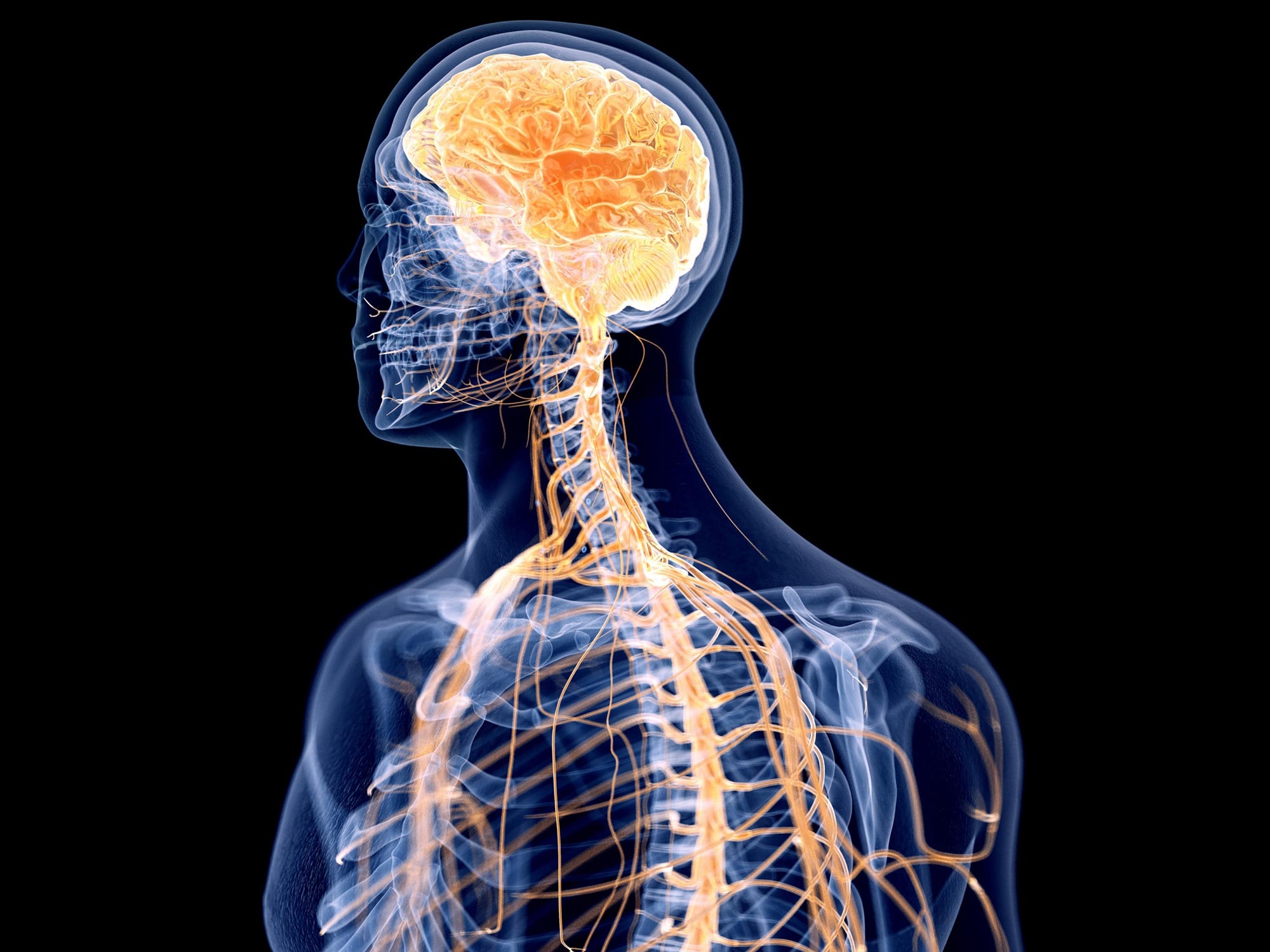A new study reveals that certain ion channels existed before the earliest common ancestor of animals.
A recent study has rewritten the conventionally understood evolutionary history of key proteins essential for electrical signaling in the nervous system. Conducted by researchers at Penn State, the study reveals that the well-known family of proteins—potassium ion channels in the Shaker family—existed in microscopic single-celled organisms long before the common ancestor of all animals.
This suggests that, rather than evolving alongside the nervous system as previously thought, these ion channels were present before the origin of the nervous system.
The study appeared in the Proceedings of the National Academy of Sciences.
“We tend to think of evolution as a one-way march toward greater and greater complexity, but that often isn’t what occurs in the natural world,” said Timothy Jegla, associate professor of biology in the Penn State Eberly College of Science and leader of the research team. “For example, it was thought that as different kinds of animals evolved and the nervous system became more complex, ion channels arose and diversified to match that complexity. But our research suggests that this is not the case. We have previously shown that the oldest living animals, those with simple nerve nets, have the highest ion channel diversity. This new finding adds to growing evidence that many of the building blocks for the nervous system were already in place in our protozoan ancestors — before the nervous system even existed.”
Understanding Ion Channels
Ion channels are located in the membranes of cells and regulate how charged particles called ions move in and out of the cell, a process that results in the electrical signals that are the foundation of communication in the nervous system. The Shaker family of ion channels is found in a large range of animals, from humans to mice and fruit flies, and specifically regulates how potassium ions flow out of the cell to terminate electrical signals called action potentials. These channels can open or close based on changes in the electric field, much like transistors in computer chips.
“Much of what we know about how ion channels work on a molecular level comes from mechanistic studies of the Shaker family of ion channels,” Jegla said. “We previously thought that the Shaker family of voltage-gated potassium channels were only found in animals, but now we see that the genes that code for this family of ion channels were present in several DOI: 10.1073/pnas.2407461121
In addition to Jegla, the research team includes Benjamin Simonson, graduate student in the molecular, cellular and integrative biosciences program in the Huck Institutes of the Life Sciences and the Eberly College of Science at Penn State who recently defended his dissertation, and David Spafford, associate professor of biology at the













/https://tf-cmsv2-smithsonianmag-media.s3.amazonaws.com/filer_public/d1/82/d18228f6-d319-4525-bb18-78b829f0791f/mammalevolution_web.jpg)






Discussion about this post